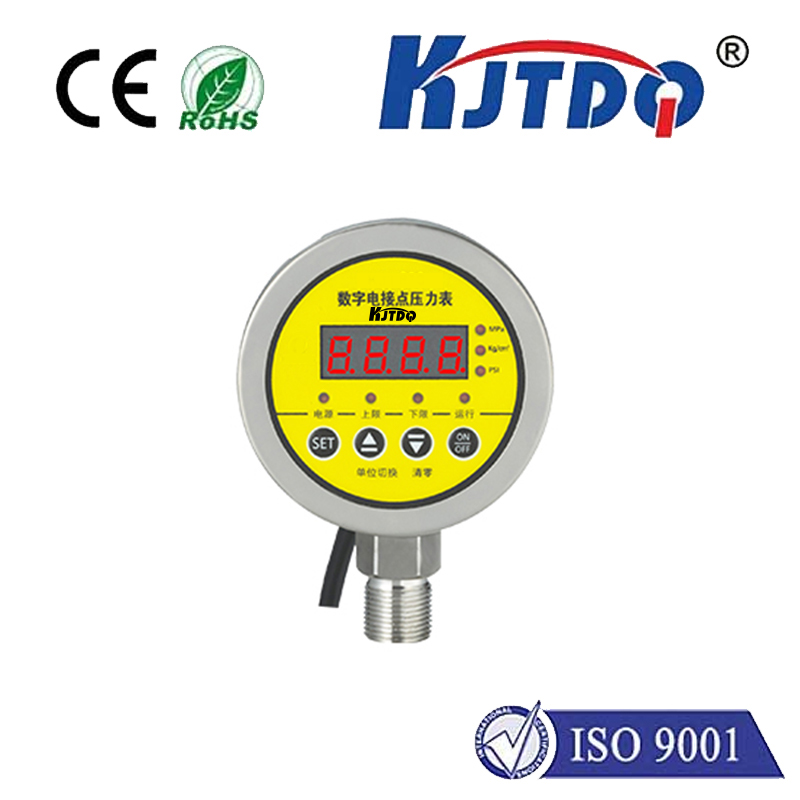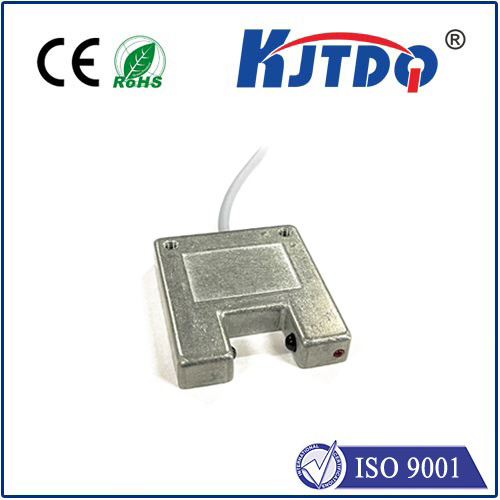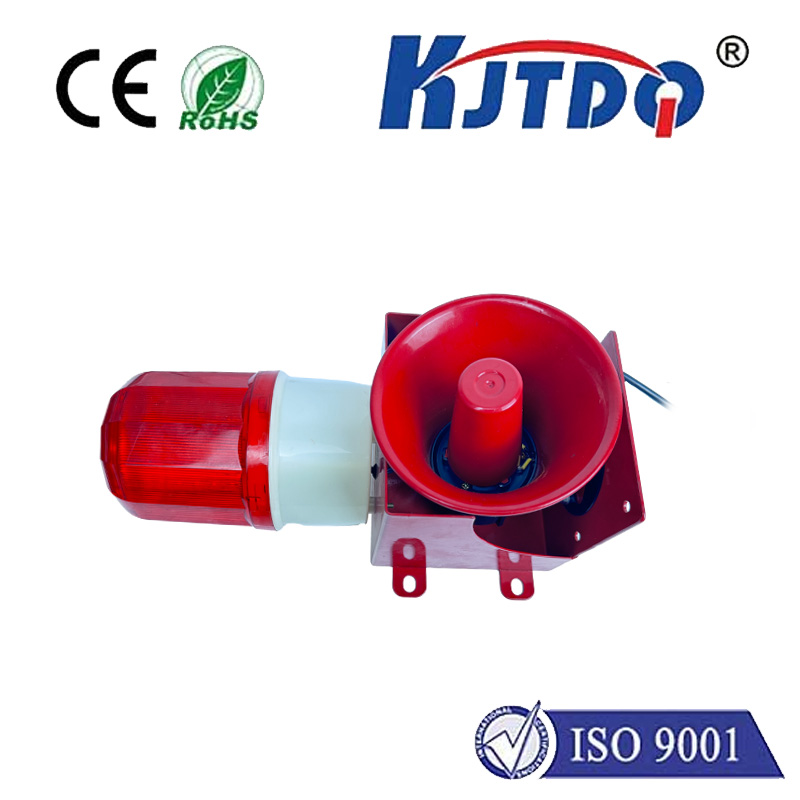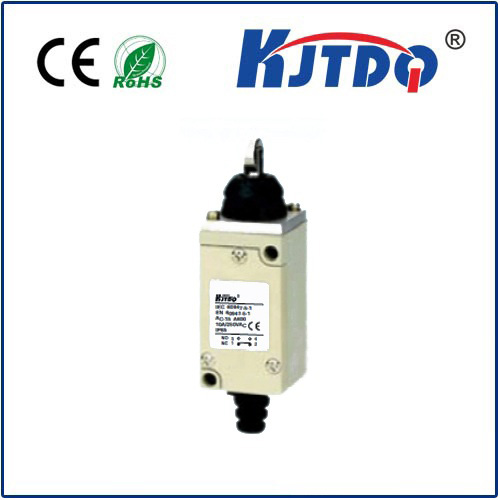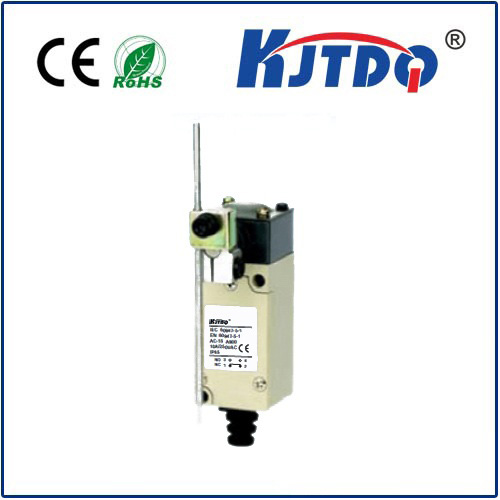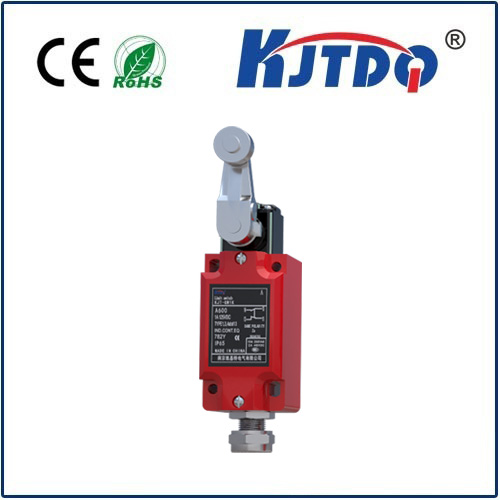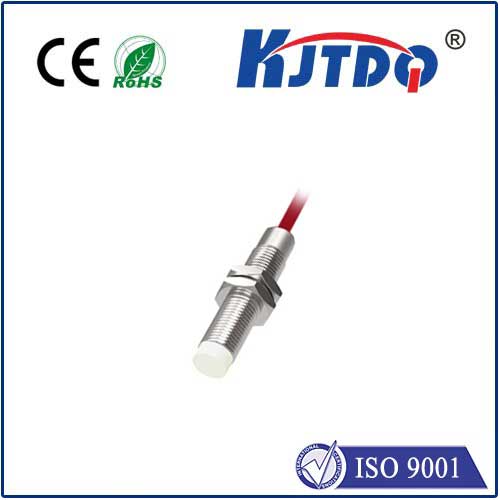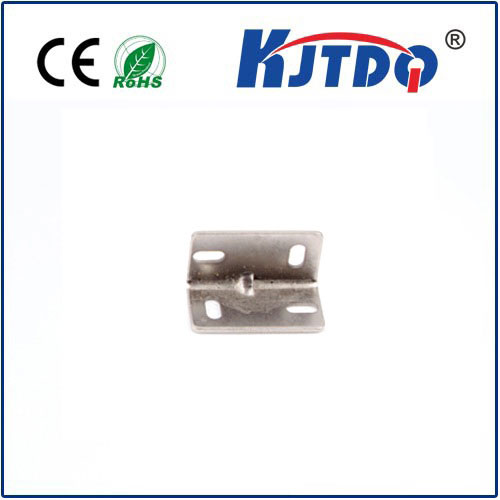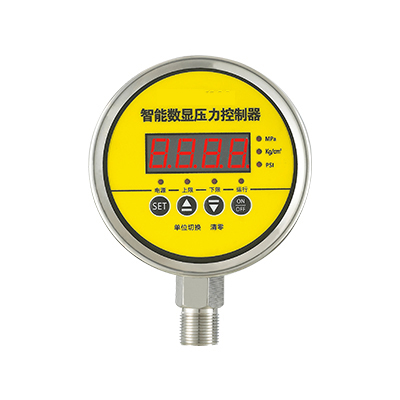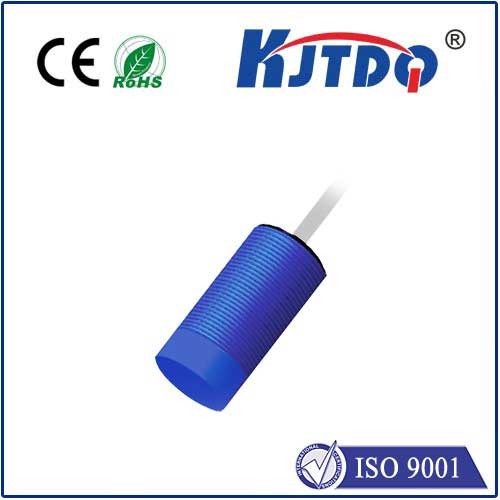
check

check

check

check

Title: The Advantages and Applications of 8mm Proximity Sensors In today’s technological landscape, the demand for reliable and efficient sensor technology continues to grow. One such innovation making waves is the 8mm proximity sensor. This compact yet powerful device has found its place in numerous industries due to its precise detection capabilities and versatile applications. Let’s delve into what makes the 8mm proximity sensor a standout choice for various applications. Understanding the Basics An proximity sensor, often referred to as a proximity detector, is an electronic device that detects the presence or absence of objects within a certain distance without physical contact. The 8mm proximity sensor, with its specific range and dimensions, offers a balanced solution for many sensing needs. These sensors typically operate on principles like capacitive, inductive, or photoelectric mechanisms, ensuring accurate object detection regardless of material or environment. Key Features of the 8mm Proximity Sensor The primary allure of the 8mm proximity sensor lies in its combination of size, precision, and durability. Measuring at only 8 millimeters, it is ideal for installations where space is limited. Despite its small form factor, it provides high-resolution output, making it suitable for fine-grained tasks requiring exact measurements. Moreover, these sensors are engineered to withstand harsh conditions, including dust, moisture, and temperature fluctuations, which enhances their reliability in demanding environments. Industrial Applications The versatility of the 8mm proximity sensor opens doors to a myriad of industrial uses. In manufacturing, they are employed for quality control, monitoring conveyor belts, and guiding automated machinery. Their ability to accurately detect objects even through non-metallic materials makes them perfect for tasks involving packaging, sorting, and labeling. Additionally, in robotics, these sensors play a critical role in enabling precise positioning and navigation, contributing to more efficient and safer automated systems. Consumer Electronics Integration Beyond industrial settings, the 8mm proximity sensor has also made significant strides in consumer electronics. They are integral components in smartphones for auto-brightness adjustment based on ambient light, as well as proximity wake/sleep functions. Wearable devices utilize these sensors for gesture recognition and energy-efficient operation, enhancing user experience while conserving battery life. Automotive Sector Innovations In the automotive industry, safety and efficiency drive the adoption of advanced technologies. The 8mm proximity sensor contributes to this by being a key element in parking assistance systems, blind spot detection, and automatic lighting controls. Its compact size allows it to be discreetly integrated into vehicle designs without compromising aesthetics or functionality, thereby improving driving safety and comfort. Conclusion: Embracing the Future with 8mm Proximity Sensors As technology advances, the significance of precise and reliable sensors becomes increasingly evident. The 8mm proximity sensor stands out as a prime example of how innovation can pack power into compact packages. Its widespread applicability across different sectors underscores its importance as a foundational component in the push towards automation, smarter devices, and enhanced safety measures. As we continue to embrace the digital age, the 8mm proximity sensor will undoubtedly play a pivotal role in shaping our interactive and autonomous future.
